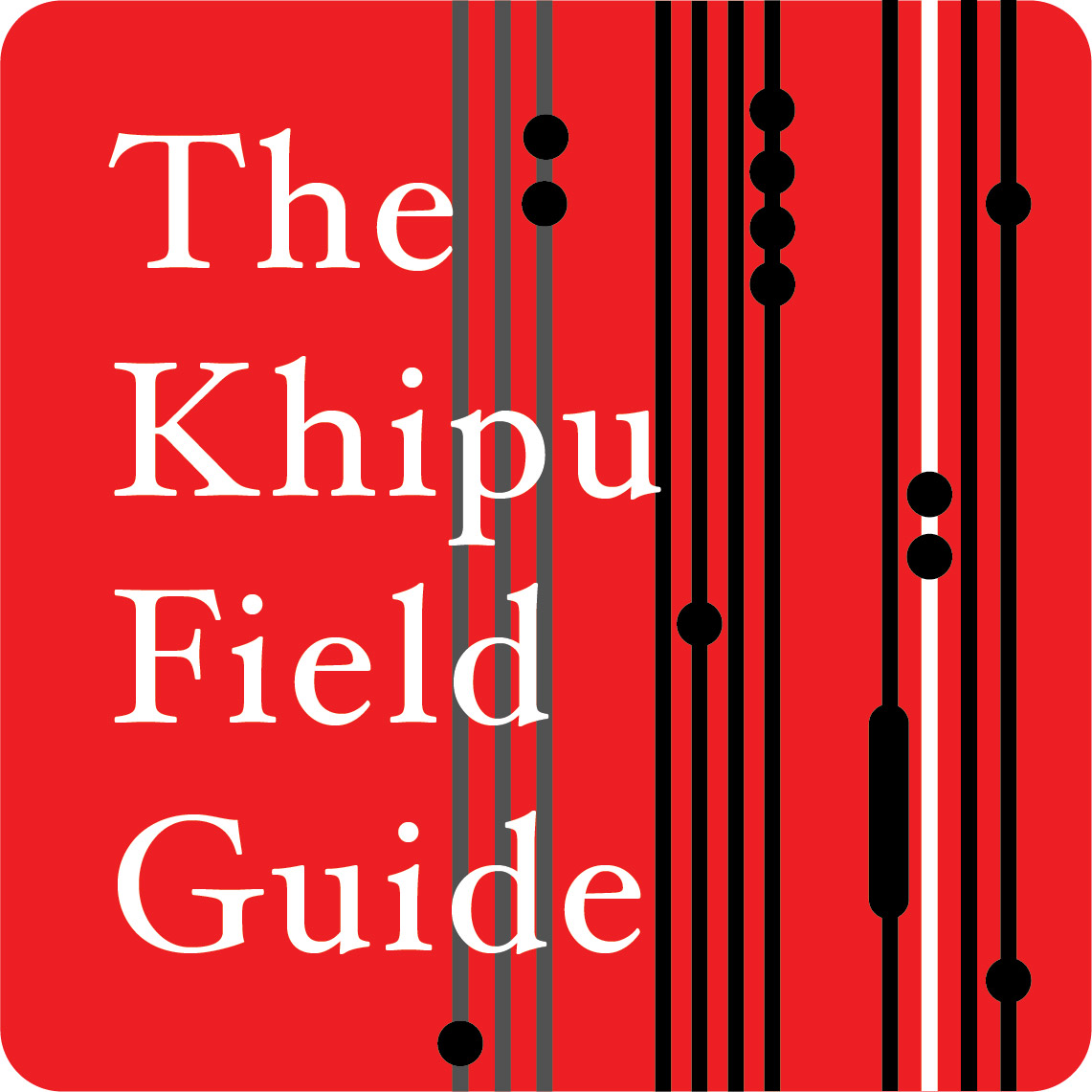Khipu: UR087: (42 Recto + 0 Verso) = 42 Color Bands
5 colors (5R/0V) - R: [('YB', 14), ('AB', 10), ('RB', 10), ('W', 7), ('MB', 1)] | V: []
Khipu: UR088: (0 Recto + 6 Verso) = 6 Color Bands
5 colors (0R/5V) - R: [] | V: [('AB:GG', 2), ('LG:AB', 1), ('W:GG', 1), ('AB', 1), ('BG:MB', 1)]
Khipu: UR089: (0 Recto + 31 Verso) = 31 Color Bands
18 colors (0R/18V) - R: [] | V: [('W', 3), ('W:MB', 3), ('W:AB', 3), ('RB', 3), ('LG:AB', 3), ('AB', 3), ('AB:GG', 2), ('AB:G0', 1), ('W:KB', 1), ('MB', 1), ('BG:KB', 1), ('W:GA', 1), ('AB:BG', 1), ('AB:GL', 1), ('W:LG', 1), ('BL:RL', 1), ('W:MG', 1), ('RL', 1)]
Khipu: UR090: (3 Recto + 11 Verso) = 14 Color Bands
9 colors (3R/8V) - R: [('YB', 1), ('W:AB:MG', 1), ('LG:AB', 1)] | V: [('W', 3), ('B', 2), ('RL', 1), ('YB', 1), ('W-RL', 1), ('W-KB', 1), ('RB', 1), ('LG:AB', 1)]
Khipu: UR091: (0 Recto + 15 Verso) = 15 Color Bands
8 colors (0R/8V) - R: [] | V: [('W', 3), ('AB', 3), ('AB:LK', 2), ('W:RB', 2), ('YB', 2), ('RB', 1), ('W:MB', 1), ('RL', 1)]
Khipu: UR092: (9 Recto + 0 Verso) = 9 Color Bands
5 colors (5R/0V) - R: [('W-LG', 2), ('AB', 2), ('W', 2), ('RB', 2), ('RL', 1)] | V: []
6 Most common recto colors): [('YB', 15), ('AB', 12), ('RB', 12), ('W', 9), ('W-LG', 2), ('MB', 1), ('W:AB:MG', 1), ('LG:AB', 1), ('RL', 1)]
26 Most common verso colors): [('W', 9), ('AB', 7), ('LG:AB', 5), ('RB', 5), ('AB:GG', 4), ('W:MB', 4), ('W:AB', 3), ('RL', 3), ('YB', 3), ('B', 2), ('AB:LK', 2), ('W:RB', 2), ('W:GG', 1), ('BG:MB', 1), ('AB:G0', 1), ('W:KB', 1), ('MB', 1), ('BG:KB', 1), ('W:GA', 1), ('AB:BG', 1), ('AB:GL', 1), ('W:LG', 1), ('BL:RL', 1), ('W:MG', 1), ('W-RL', 1), ('W-KB', 1)]
